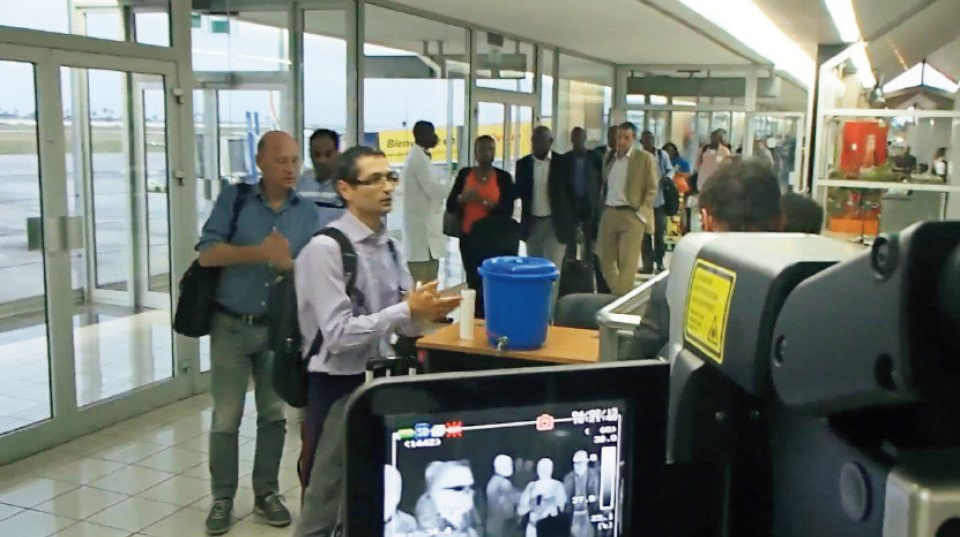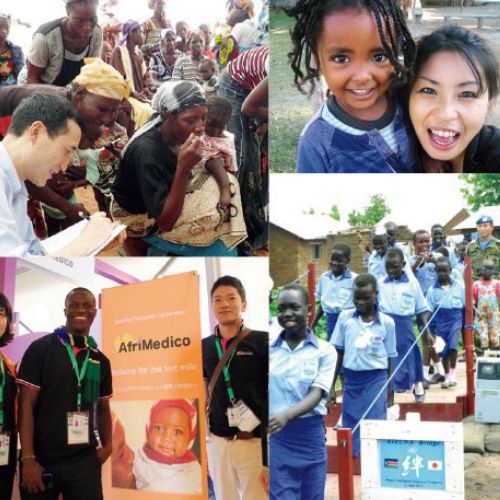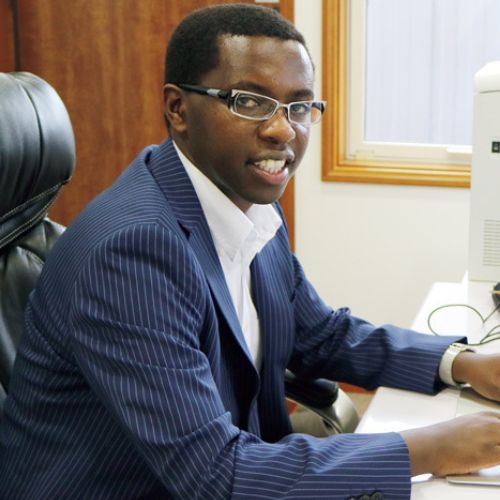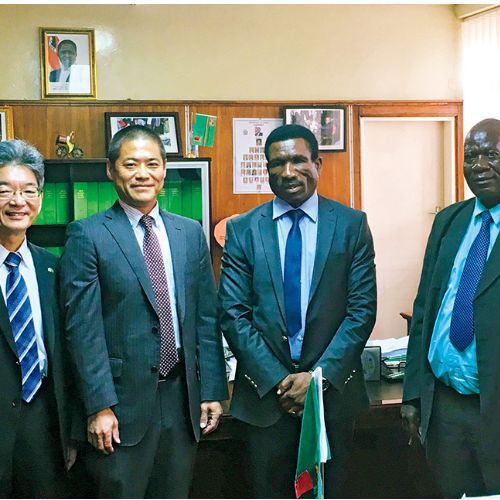As the South Atlantic Cable System (SACS) directly linking Angola to Brazil nears completion, expect higher speed and larger capacity data transmissions
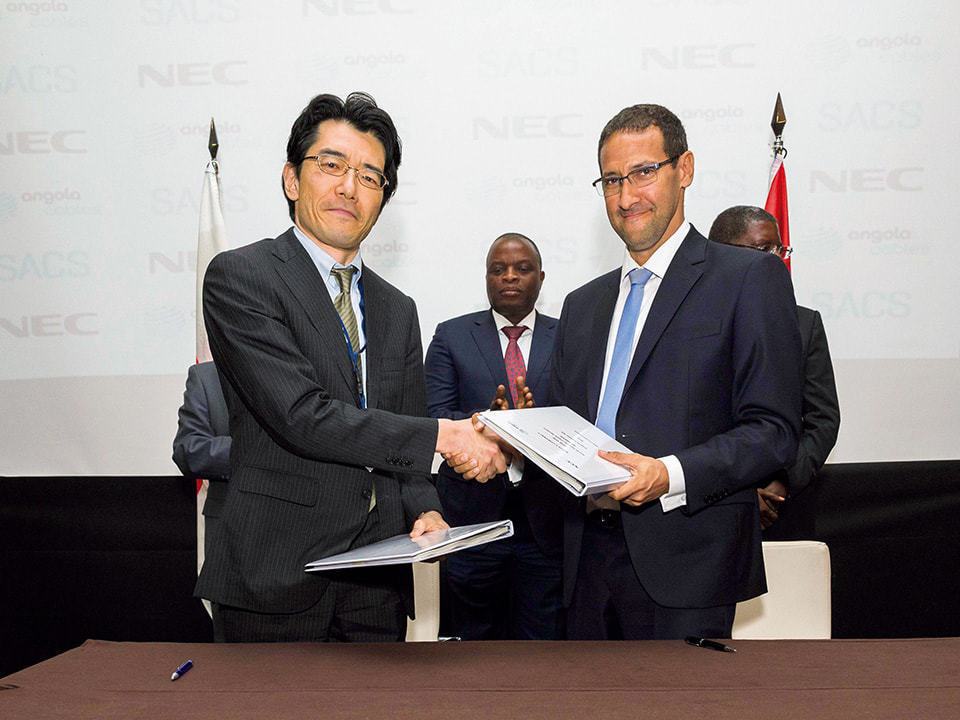
Antonio Nunes, CEO of Angola Cables, SA and Tokioka at the SACS Supply Contract signing ceremony in Luanda, Angola.
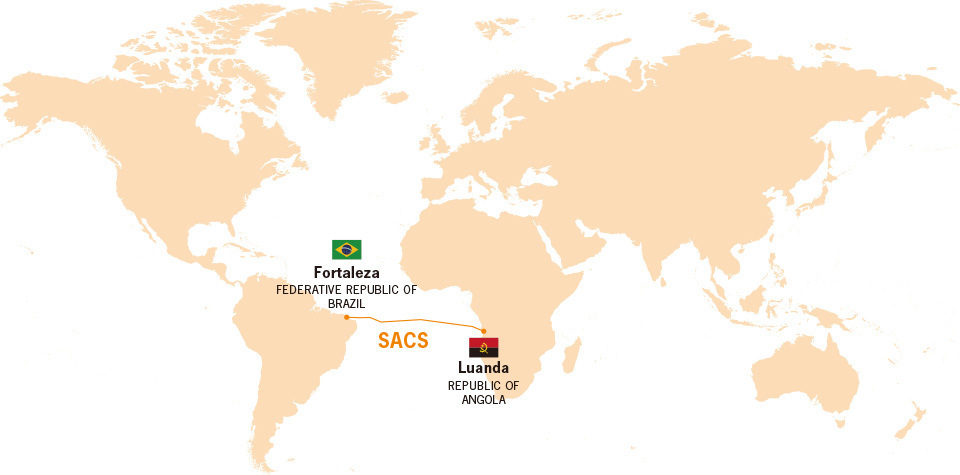
The world’s first fiber-optic submarine cable across the South Atlantic Ocean will stretch 6,200 km from Angola to Brazil, connecting two continents for high-speed and large data.
Spanning nearly 6,200 kilometers, SACS will connect the capital of Angola, Luanda, with northeastern Brazil’s seaport city of Fortaleza. It will be the world’s first submarine cable across the South Atlantic, and it will directly link Africa to South America.
The cable, constructed by NEC Corporation of Japan, will enable high-speed, large-capacity data transmissions and substantially contribute to Africa’s economic development.
To diversify their economy, where hydrocarbons account for 70–80% of the national budget, Angola launched bidding for SACS at the beginning of 2013. Coincidentally, Japan’s Prime Minister, Shinzo Abe, announced Japan’s plan to offer large-scale assistance to Africa at the Fifth Tokyo International Conference on African Development (TICAD) in June of the same year.
Motoyoshi Tokioka, of NEC’s submarine network business, said, “We expected financial support from the Japanese government for this important project, and we sent that message along to Angola.”
NEC boasts the technical expertise of 50 years in the submarine cable business and has laid over 250,000 kilometers of cable, primarily in Asia and the Pacific. That is enough cable to circle the earth six times.
Angola Cables, a semistate telecommunications company, granted the contract to NEC, and the Japan Bank for International Cooperation (JBIC) is financing the project. Sharing its industry expertise with Angola Cables, NEC is transmitting Japanese technology to Africa. Once completed, SACS will tangibly impact economies and lifestyles throughout Africa.
Scheduled for completion in the middle of 2018, SACS will provide more than 40 Tbps transmission capacities between Angola and Brazil–the equivalent to more than 1,000 DVDs per second.
Fortaleza connects to the U.S. East Coast with another submarine cable system that is co-owned by Angola Cables. SACS will enable connections via South America between Angola and U.S. cities such as Miami, Florida and the world’s financial hub, New York. Currently, data from South Africa to New York travels through the U.K. and across the North Atlantic on exsisting cables.
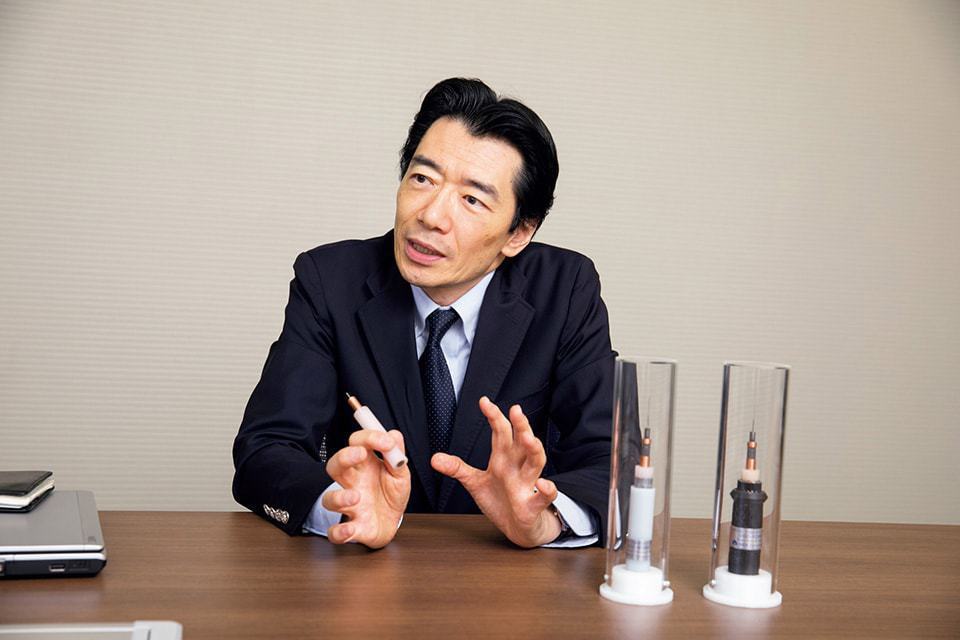
Motoyoshi Tokioka holds the deep-sea cable. The larger-diameter cable on the table is for shallow water.
With over 30 years of experience in the international telecommunications industry, Tokioka is currently Executive Director, Global Sales for NEC’s submarine network business. He has also served as an executive committee member at SubOptic, a non-profit organization that helps submarine cable community's growth and development.
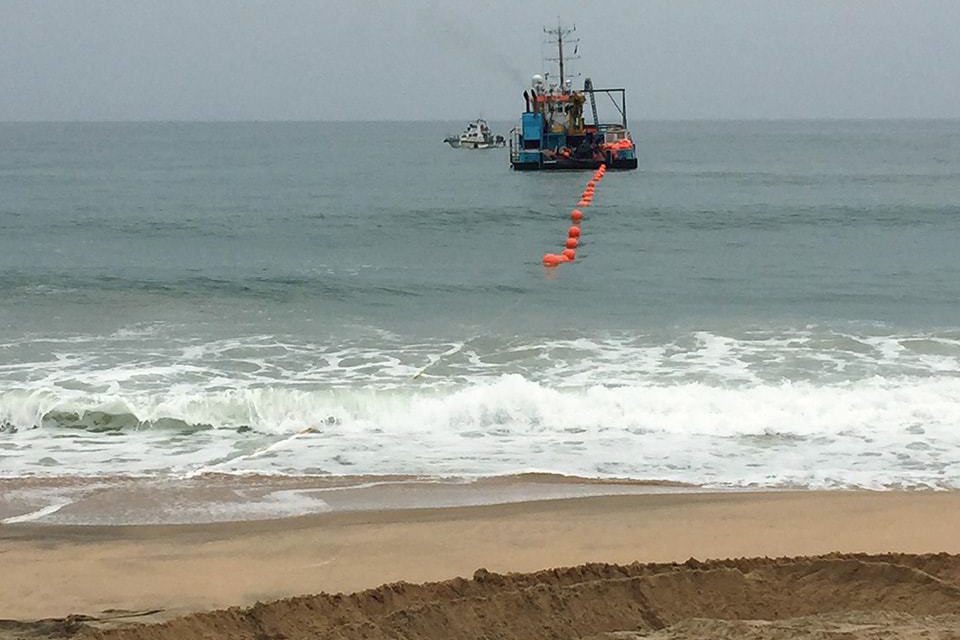
Cable to Angola
during marine installation.
The new cable system will significantly speed up data transmissions to and from Africa, contributing to Angola’s economy and the economies of many other countries in the region. Today’s financial markets engaged in automated, ultra high-speed trades, making speed more valuable than ever.
SACS will evolve other industries as well, including telemedicine systems that demand high network capacity for more precise imaging and accurate remote diagnoses.
With a new way to diversify the economy, Angola can reduce their dependence on hydrocarbons. SACS will be more than a cable system; it will be the gateway to a prosperous future for Africa.
INFRARED THERMOGRAPHY
Keeping Ebola at Bay
To contain the 2014 West African Ebola outbreak and prevent future outbreaks through border measures, NEC provided 83 infrared cameras to 14 countries, including Cote d’Ivoire, Ghana, and Liberia through the Japan International Cooperation Agency (JICA). Installed at international airport quarantine areas, infrared cameras screened passengers' body temperatures, distancing them from quarantine officers who would normally check for fevers. Japanese aid to Africa during the Ebola crisis totaled 184 million U.S. dollars.
